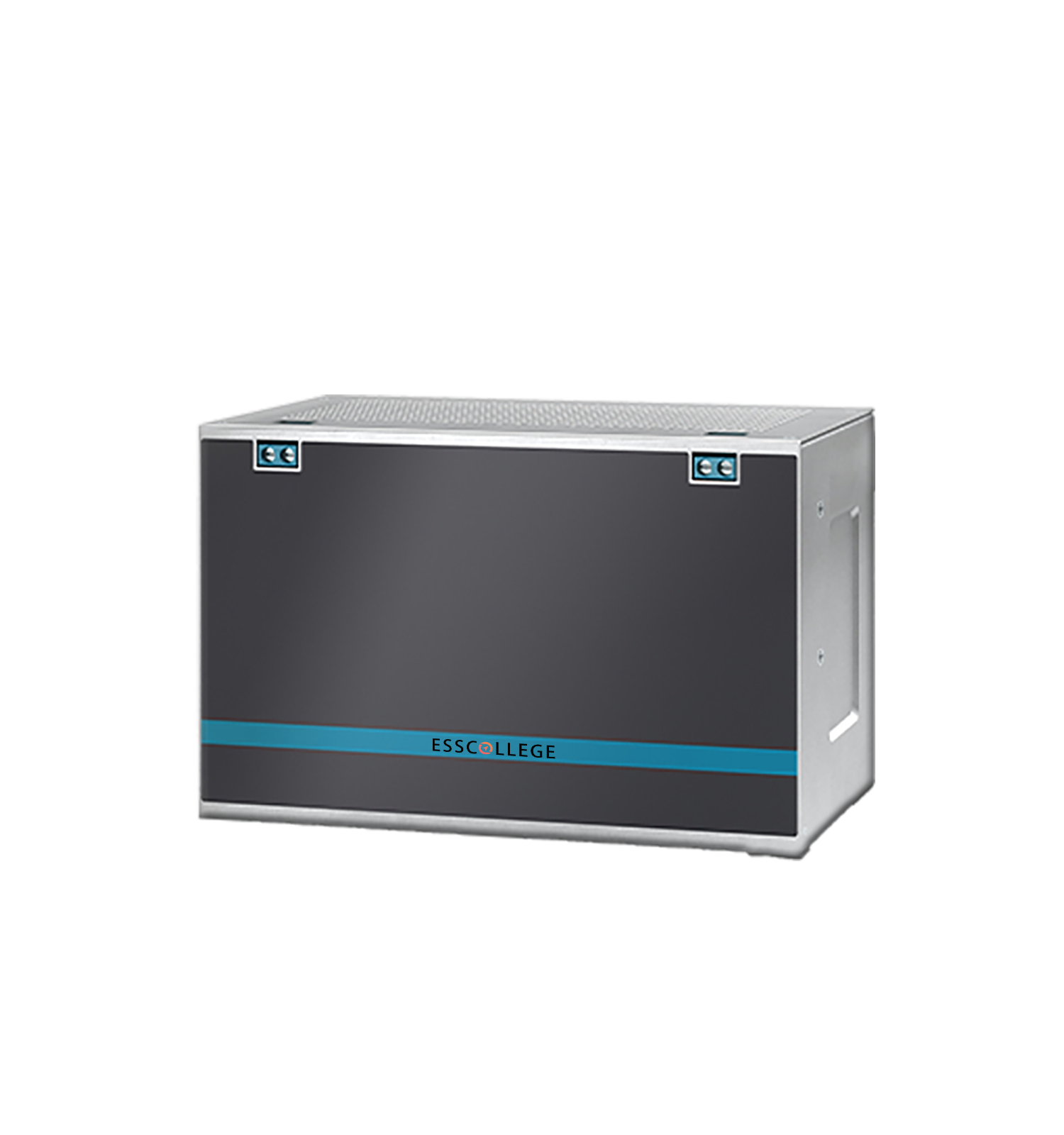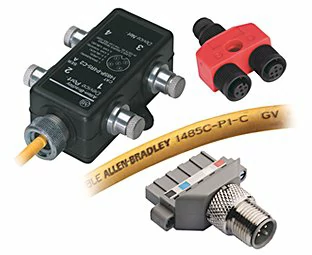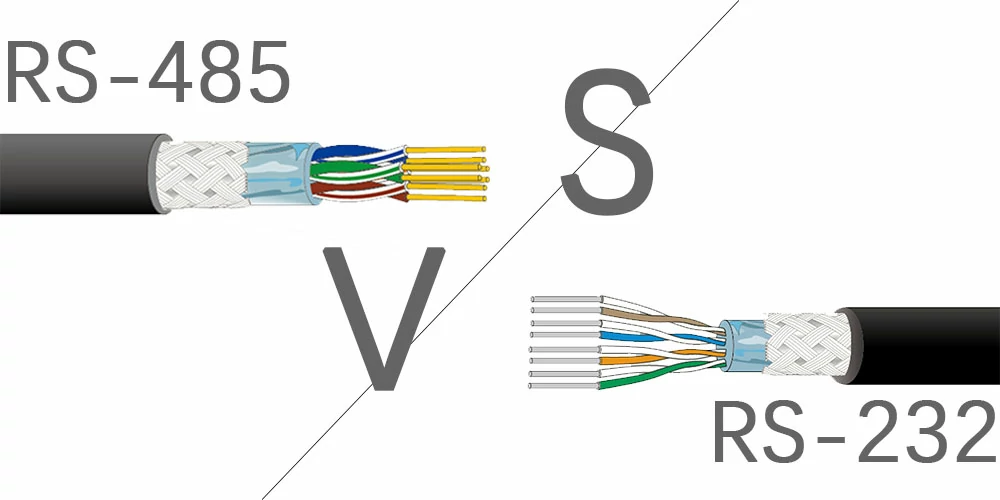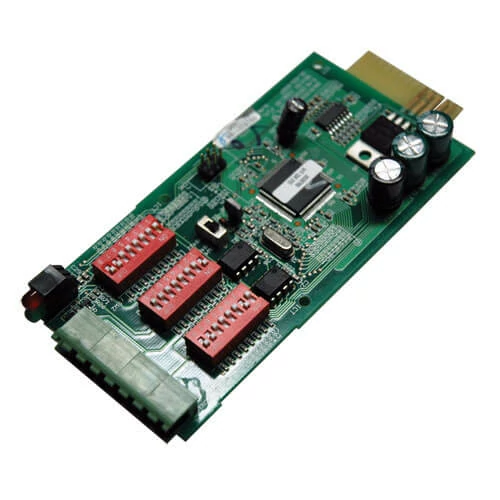UPS communication mode 3: Controller Area Network (CAN) CAN (Controller...
UPS communication mode 1: System Management Bus (SMBus)
Uninterruptible power supply (UPS) is a key component of protecting important equipment and data, and the way it communicates with other equipment is particularly important. System Management Bus (SMBus) is a common communication protocol that plays an important role in power management and data transmission between the UPS and other system components. This paper will introduce the definition, working principle, advantages and disadvantages of SMBus and its application in UPS in detail.
Main content
Meaning
SMBus is a low-speed serial communication protocol based on I2C (Inter-Integrated Circuit) protocol, which is designed for system management and power monitoring. It was originally proposed by Intel in 1995 to provide a simple and efficient way to manage the power supply and monitor the various components in the system. SMBus allows multiple devices to communicate over two wires (SDA and SCL), with more stringent regulations to ensure that devices can function properly in a low-power state.
Main features
Low power consumption: SMBus devices typically operate in low-voltage, low-power states, making them ideal for mobile and embedded devices.
Multi-host support: Supports multiple hosts to communicate through the same bus, which is suitable for application scenarios where multiple devices need to be managed.
Fast response: Low communication latency between devices, suitable for real-time power monitoring requirements.
Advantages
Simplicity: The simplified design of SMBus makes the communication between devices more intuitive and easy to develop and implement.
Low cost: Compared with other communication protocols, SMBus architecture has low implementation cost and relatively simple hardware requirements.
High reliability: Because they are designed for power management and monitoring, SMBus devices are generally stable and highly reliable.
Disadvantages
Speed limitation: The transmission rate of SMBus is usually low, which is suitable for low-speed data transmission requirements, and is not suitable for occasions requiring high-speed communication.
Distance limitation: SMBus is generally used for short-distance communication, and is not suitable for transmission greater than a few meters, and the transmission distance is generally between 1-2 meters.
Use SMBus in the UPS
Battery management: SMBus is able to monitor the status of the battery in real time, including battery voltage, temperature and charging status, to optimize battery life and performance.
Status monitoring: Through the SMBus, the UPS can connect to the server or other management systems to transmit real-time device status information, including load, input voltage, and fault alarm.
System management: SMBus enables the UPS to share important power management information with the computer system, ensuring that the system can safely shut down in the event of a power failure.
CONCLUSION
As an effective communication protocol, SMBus plays an important role in UPS equipment, especially in battery management and system monitoring. Its low power consumption and high reliability make it an ideal choice for power management. With the progress of science and technology, SMBus will be more widely used in UPS and other electronic equipment, providing users with more stable and safe power protection. When selecting a UPS, understand its communication mode and protocol to help users better integrate and manage the system.

UPS BATTERY SERIES
UPS (Uninterruptible Power Supply) batteries are an important component of power supply systems designed to provide stable power support for electronic devices.
Extended reading
UPS Communication Mode 9: DeviceNet
UPS communication mode 9: DeviceNet In the application of uninterruptible...
UPS Communication Mode 7: RS-232 and RS-485
UPS communication mode 7: RS-232 and RS-485 Uninterruptible power supplies...
UPS Communication Mode 5:Modbus
UPS communication mode 5:Modbus Modbus is a serial communication protocol...
UPS Communication Mode 4: Universal Asynchronous Receiver-Transmitter (UART)
UPS communication mode 4: Universal Asynchronous Receiver-Transmitter (UART) CAN (Controller...
THE ESSC Brand promise
Global supply
Our products sell well all over the world, covering many countries and regions, through the global logistics network, to provide customers with convenient purchasing experience.
Rigorous quality
We adhere to the highest quality control standards to ensure every product meets industry regulations and customer expectations, earning trust through consistent excellence.
Excellent service
With a customer-centric approach, we provide prompt responses, professional support, and personalized services, aiming to deliver the best user experience and long-term value.
.webp)




.webp)